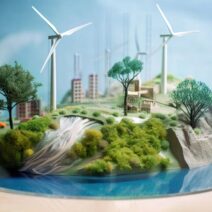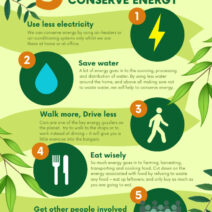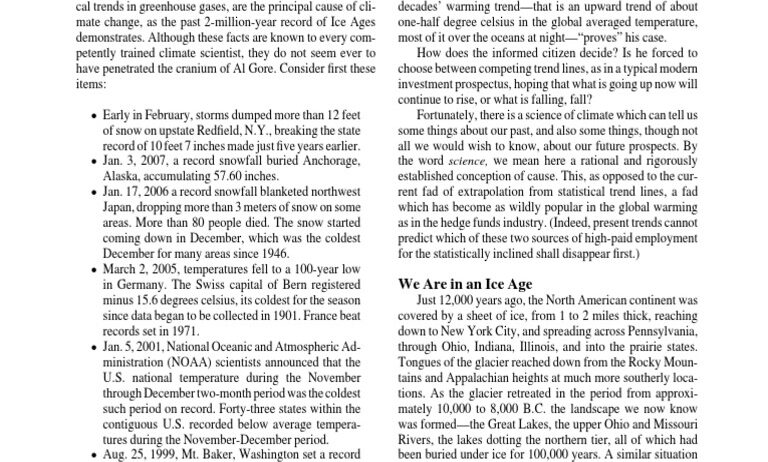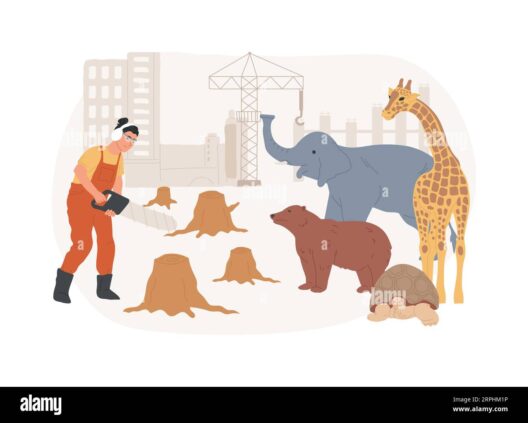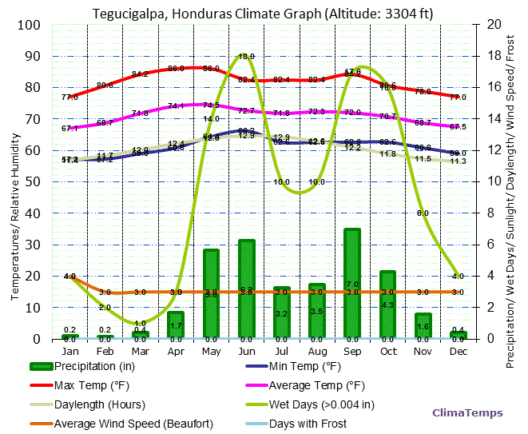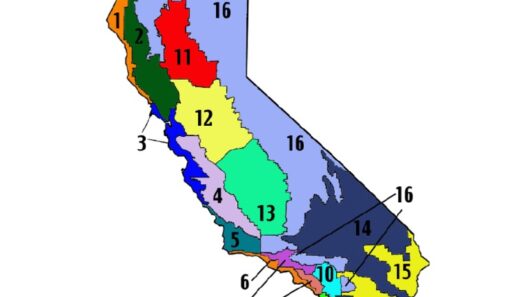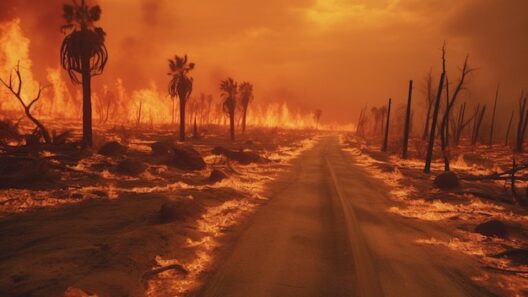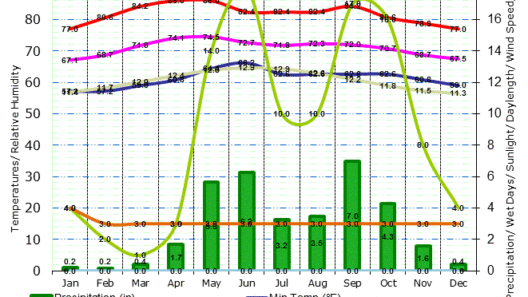Climate change, an omnipresent specter looming over our present and future, is a topic of urgent global concern. While many individuals may attribute this phenomenon exclusively to natural fluctuations within the Earth’s climate system, the crux of the issue lies in human activity, particularly since the Industrial Revolution. This discourse seeks to elucidate the primary drivers of climate change by examining scientific explanations, meticulously balancing empirical evidence with theoretical insights.
At the heart of climate change is the concept of greenhouse gases (GHGs), those insidious pollutants that have infiltrated our atmosphere. Carbon dioxide (CO₂), methane (CH₄), and nitrous oxide (N₂O) are among the most prevalent GHGs, produced predominantly through anthropogenic activities. The combustion of fossil fuels—coal, oil, and natural gas—fuels our economy and powers our homes but also releases an alarming volume of CO₂. This output has surged exponentially, with atmospheric concentrations rising from approximately 280 parts per million in the pre-industrial era to over 410 parts per million today.
Yet, the question remains: why do these gases engender such drastic alterations in global temperatures? The answer lies in the greenhouse effect—a natural process that turns our planet into a habitable environment. Solar radiation penetrates the Earth’s atmosphere, warming the surface. The Earth, in turn, radiates this heat back into space. However, GHGs trap some of this outgoing radiation, causing the planet to retain warmth. The excessive buildup of these gases, primarily due to human interventions, intensifies this effect, precipitating widespread climatic aberrations.
Another significant contributor to climate change is deforestation, often overlooked in discussions dominated by fossil fuel combustion. Forests act as carbon sinks, absorbing CO₂ from the atmosphere. Yet, as urbanization expands and agricultural lands encroach upon these verdant habitats, trees are felled at an alarming rate. The clearing of forests—whether through logging, fire, or conversion to agricultural use—releases stored carbon back into the atmosphere, further exacerbating GHG concentrations. This vicious cycle not only contributes to climate warming but also diminishes biodiversity and disrupts vital ecosystems.
A common observation connects the rapid industrialization of developing nations to rising emissions. As countries strive for economic growth, the insatiable demand for energy often leads to an upsurge in fossil fuel consumption. This creates a paradox: the aspirational quest for progress inadvertently jeopardizes the very future of our planet. The intricate relationship between development and environmental degradation invites careful scrutiny, as it poses critical ethical questions regarding equity and sustainability. First-world nations, having reaped the benefits of unchecked industrialization, now bear a moral responsibility to assist developing nations in transitioning toward renewable energy sources.
Renewable energy systems—solar, wind, hydroelectric, and geothermal—emerge as potential solutions, promising to mitigate the impacts of climate change. These systems harness natural forces that are abundant and, most importantly, inexhaustible. Nevertheless, the transition to renewables is fraught with challenges. Existing infrastructures, economic interests, and political inertia often hinder implementation. Moreover, the availability of resources and technology in developing regions can be limited, perpetuating reliance on fossil fuels and delaying necessary adaptations.
Climate change also illustrates the profound interdependence between human health and environmental integrity. Weather extremes—such as droughts, floods, and hurricanes—have catastrophic repercussions, adversely affecting food security, clean water access, and housing stability. Vulnerable populations, particularly in regions already grappling with poverty and weak governance, bear the brunt of these climatic shifts. As food production falters and water sources dwindle, human suffering amplifies, igniting social tensions and exacerbating existing inequities.
Furthermore, the intricate web of atmospheric science reveals feedback mechanisms that can amplify climate change. For instance, as polar ice melts due to warming temperatures, less sunlight is reflected back into space (the albedo effect), leading to further warming and more ice loss. Similarly, thawing permafrost releases methane, an exceedingly potent greenhouse gas, into the atmosphere. These feedback loops complicate predictions, revealing that climate change is not merely a linear progression but a complex, dynamic system where small changes can instigate substantial repercussions.
Addressing climate change requires a paradigm shift in our relationship with the environment. Public dialogues ought to emphasize not only the science and urgency but also the ethical and moral imperatives to act. Sustainable practices, community awareness, and grassroots movements play a pivotal role in engendering significant change. As the younger generations inherit the consequences of our inactions, their fervent activism poses a compelling call for accountability and immediate reform.
In conclusion, the primary reason for climate change is rooted in human activity, particularly the emission of greenhouse gases from fossil fuel combustion and deforestation. While natural processes have their role, the accelerated pace of climate change and its comprehensive impacts are firmly tied to anthropogenic interventions. Understanding these complexities empowers individuals, governments, and organizations to advocate for systematic changes that foster environmental sustainability, social equity, and long-term resilience. The clock is ticking; meaningful action must coalesce around scientific evidence and ethical responsibility, asserting that the future of our planet depends on our choices today.
